Why do I need a bridge?
Bridges are used to replace missing teeth in order to restore the space, this in turn will restore function and appearance.

What happens at my bridge appointment?
If you are having a fixed or cantilever bridge your dentist will anaesthise (numb) the teeth involved. Your dentist will then remove tooth substance from the teeth involved in order to create space for the new bridge to fit.
Your dentist will then take impressions of your teeth and send them to the laboratory where your dental bridge will be made.
Following the impressions your dentist will then fit your teeth with either temporary crowns or a temporary bridge and take a shade to match your existing teeth. At the fit appointment the old temporaries will be removed and your new bridge will be cemented in.
If you are having a resin bonded bridge you may not need anaesthetic, and your dentist will prepare the adjacent tooth to the gap with a minimally invasive procedure. Impressions will then be taken, along with a shade to match your existing teeth and the impressions sent to the laboratory where your new bridge will be made.
Types of bridges
Fixed bridge This is essentially a false tooth (pontic) fused between two porcelain crowns.
Resin-Bonded bridge This is also known as a Maryland Bridge and is made up of a false tooth with a metal wing attachment which is bonded to the adjacent tooth. This type of dental bridge is more suitable for areas with lower stresses.
Cantilever bridge This is a false tooth (pontic) fused to an anchor only on one side. It is again more suited to areas of lower stresses.
How do I look after my bridge?
Your dentist or hygienist will show you how to care and look after your bridge work to keep it at its optimum. Essentially this involved flossing above the false tooth with a special type of floss used for bridges, brushing and regular visits to your hygienist.
What is a bridge?
Sometimes when a tooth is lost a space is left which can be unsightly, can cause difficulty in chewing or can result in movement of the adjacent teeth. There are many options for filling spaces including implant and dentures, but the most popular is the dental bridge. A bridge is an appliance that replaces one or more missing teeth, they are bonded in and cannot be removed like dentures.
Essentially a bridge consists of a false tooth attached to a neighbouring anchor. The teeth on either side of gap are used as the abutments and therefore need to be in good condition as they will support the false tooth. There are several types of bridges available and discussion with your dentist will identify the best option for you.



